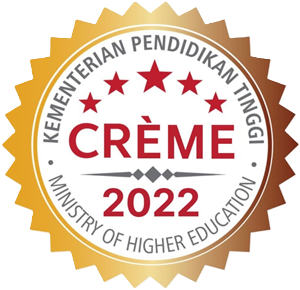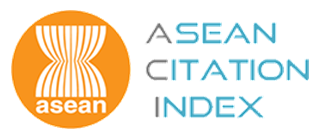ECOPHYSIOLOGICAL RESPONSES OF MISTLETOE DENDROPHTHOE CURVATA (LORANTHACEAE) TO VARYING ENVIRONMENTAL PARAMETERS
Keywords:
Abiotic factor, host specificity, mistletoe resilience, quantitative photosynthesisAbstract
We measured parameters of photosynthetic capacity, instantaneous gas exchange and leaf mineral contents of tropical mistletoe Dendrophthoe curvata parasitising three hosts, viz, Andira inermis (Fabaceae), Mangifera indica (Anacardiaceae) and Vitex pinnata (Verbenaceae) in a secondary tropical heath (Kerangas) forest patch in Brunei Darussalam in response to changes in light intensity, leaf temperature and atmospheric CO2 concentrations. The response patterns of maximum photosynthesis, maximum carboxylation rate of rubisco, electron transport rate for ribulose-1,5-bisphosphate regeneration and CO2 assimilation rate of D. curvata revealed that its photosynthesis was co-limited by both light and temperature and did not saturate at natural CO2 concentrations (380 ppm). The effects of CO2 elevation on D. curvata photosynthesis was long term due to the partial dependence of obligate hemiparasitic mistletoe on host-derived carbon. Stomatal conductance of D. curvata was moderately sensitive to CO2 elevation under the natural conditions
that the measurements were made. Notably, ecophysiological responses of D. curvata including potential photosynthesis, gas exchange parameters and leaf mineral profiles were significantly different when the mistletoe parasitised three different host species.





